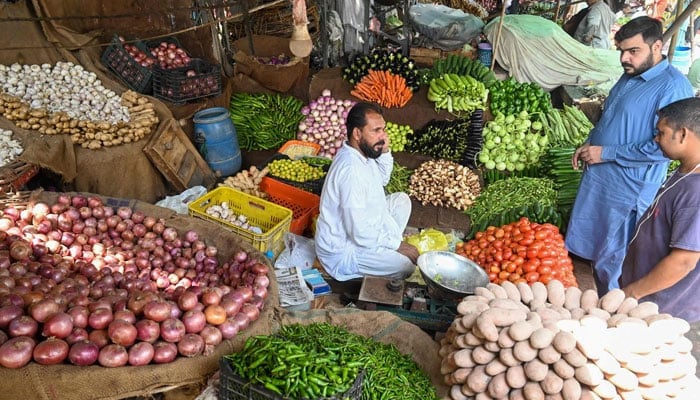
Pakistan’s headline inflation accelerated to record high level in January amid supply constraints for food products and a significant surge in the price of petroleum products.
Consumer prices rose 27.6% compared to 13% in the same month of last year, according to data released by Pakistan Bureau of Statistics (PBS) on Wednesday. This is the highest year-on-year inflation after May 1975 when the median rate clocked in at 27.77%.
On a month-on-month basis, inflation remained elevated, jumping 2.9% as nearly 6,000 containers are stranded in ports, including thousands of tons of poultry feed ingredients that pushed chicken prices to a record earlier this year.
The inflation rate — that has lingered above 20% since June after the coalition government curtailed imports — has been aggravating due to the logjam of containers.
The Wholesale Price Index (WPI), which captures prices in the wholesale market, also rose sharply by 28.53% in January compared to 24% in the same month a year ago.
The PBS reported that the overall inflation rate recorded an increase in both the urban and rural areas. The inflation rate in urban areas surged 24.4% in January and rural areas soared 32.3% over the same month of the last year. In January last year, the inflation rate in urban areas was 13% meanwhile, in rural areas it stood at 12.9%.
The food inflation rate in villages and cities skyrocketed 45.2% and 39%, respectively, on a yearly basis. In January 2021, food inflation for villages and cities clocked in at 11.8% and 13.3%, respectively.
The non-food inflation rate was recorded at 15.6% in urban areas and 20.9% in rural areas compared to 12.8% and 13.9% in the same month of last year.
Core inflation — calculated by excluding food and energy items — rose 15.4% in urban areas and 19.4% in a rural area during the month under review, reported the national data collecting agency.
The latest reading comes a week after the State Bank of Pakistan increased its benchmark rate to 17% — highest in more than 24 years to help stabilise an economy that’s spiraling deeper into crisis amid supply shortages, sky-high prices and funding crunch.







